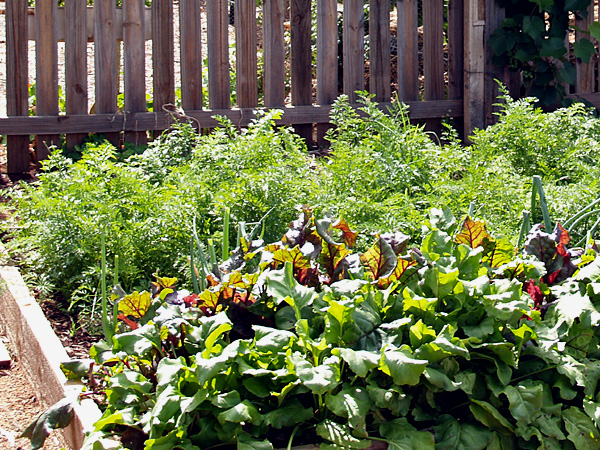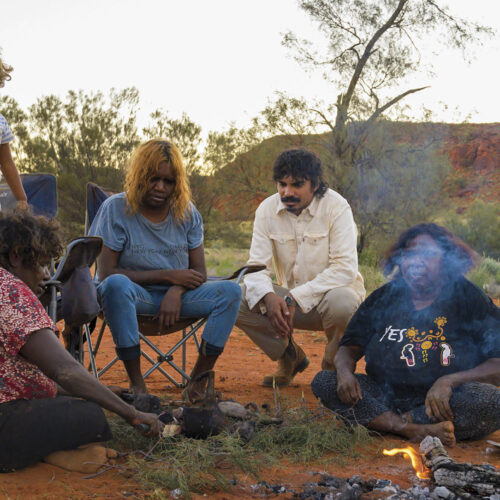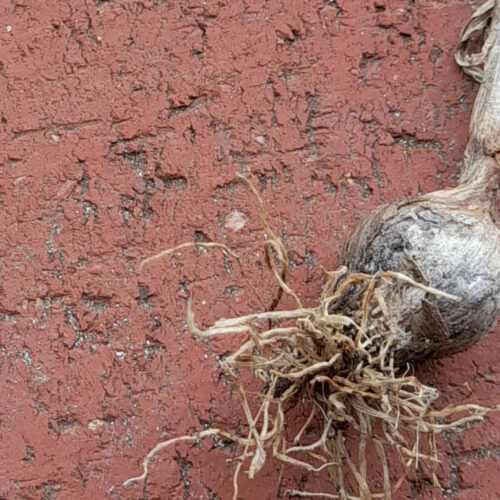Jobs for March
2014-03-03T23:29:48+11:00
Autumn's here. Depending on where you are in Australia, that might mean welcome rain, cooler weather or in some cases, continuining drought. Check out JUSTIN RUSSELL's guide to March gardening in your neck of the woods.
Finally, some rain. At least in some parts of the country. We've missed out here in south east Queensland, but we're rejoicing with those gardeners and farmers in other parts of Australia who have had significant falls. Use all that moisture wisely, fellow growers, by employing techniques such as mulching and efficient irrigation. We all need to learn how to make do with less. If you have water available, March is an ideal time to plant. The soil remains warm from summer, but in all parts of the country bar the tropics, air temperatures are dropping, making it easier for plants to thrive. See my complementary guide to March planting for specific ideas for your climate zone. If the soil is wet in your garden as a result of recent rain, hold off on doing any digging or planting until it dries out a bit. Working wet soil can badly damage its structure, causing compaction. The ideal time to do any digging is when the soil feels just moist, and there's an easy way to test it: Simply poke your index finger into some bare ground and you'll soon get a decent idea. In cold temperate areas, the first frosts of the season aren't very far off, which means that it's time to think about "bedding" vulnerable plants down for winter. Get any winter vegie seedlings into the ground as soon as possible so their foliage has a chance to harden up and become frost resistant. Mulch the roots of established plants to keep them insulated, and get any pruning done early in the month so that any new growth that appears has a chance to toughen up. If planting brassica seedlings, be vigilant against cabbage white butterflies and their larvae. Fine weave netting thrown over vulnerable plants works beautifully, but if that isn't an option, spray fortnightly with Dipel, an organic approved product that controls caterpillars. Aphids can also build up in huge numbers on autumn brassicas - spray them with horticultural soap or oil. Animal pests have been a major problem this year for many gardeners. The dry weather has seen birds, rabbits and wallabies invade relatively lush gardens looking for food. The best way to cohabit with our native wildlife is by using physical barriers such as nets and fences. Fine weave netting is the safest options for birds and bats and fences need to be secured at ground level to stop rabbits pushing underneath. Remember the line from Robert Frost's poem "Mending Wall": Good fences make good neighbours. Keep an eye out for fruit ripening ahead of schedule. In my part of the world, apples, stonefruit, persimmons and much more are all ripening a month or two earlier than normal and need to be picked now. In a boom and bust climate it pays to be nimble.






